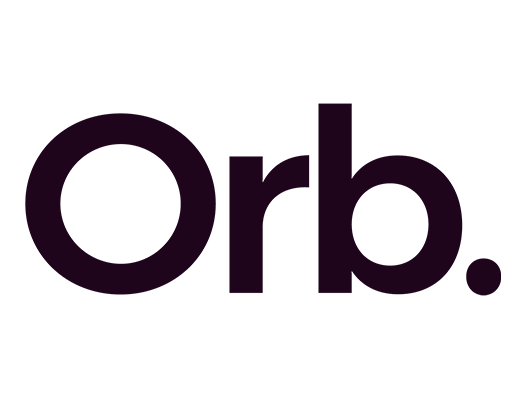
Building the business case for a rebrand – how do I measure ROI?
A rebrand shouldn’t be is a risk. If you’re an SME, perhaps it’s one of the biggest decisions you’ve made to date, but if done for the right reasons, working on your brand can reap some hefty bottom line benefits for your business… in the long term. Here at Orb, we’re often asked the question: “How do I justify the investment in developing my brand identity? How do we measure the outcomes of such an investment?”
Of course, there are a multitude of expensive and complex tools and analytics for attempting to measure brand equity. We can look at how your staff are performing at ‘living the brand’; how your customers are responding – their loyal behaviour, beliefs and perceptions, purchase intent and much more. But if you’re sitting on the fence about the impact a healthy brand has on your bottom line, we think it’s more important to turn the question on its head and look at it in terms of loss. What will it cost your business if you don’t re-brand?
Neglecting your brand costs you money – the return on your investment is your positive reputation. Audiences will make their own assumptions about your brand so it’s important to take control to evoke the response you want… to choose how you want to been seen.
Companies who invest in their brand enjoy 5 super business benefits:
Your customers come to you. In today’s environment, businesses have to work hard to capture market share.
Your campaigns have to work even harder if your brand is weak. How much more legwork does your campaign activity need to do as your identity and your offering is more obscure? 20%, 30% or more? Strong, clear brands that have a ‘presence’ in the marketplace and in social media are able to rely much more heavily on inbound marketing activity. Inspirational brands can also rely on positive word of mouth by creating brand advocates – 61% of people are more likely to buy a brand that has been recommended by an advocate. This is good news for the bottom line, meaning that strong brands ultimately spend much less on paid-for channels.
A well-honed and targeted brand is a leaner brand. How do you put a value to the lost opportunity in engaging the audiences that don’t ‘fit’?
A relevant brand that attracts exactly the demographic of customer they’re after is significantly leaner and more efficient than a ‘one size fits all’ brand. The impact on your business is huge. For example, leveraging better conversion rates, a leaner sales process, perhaps lower call centre costs.
Research shows time and again that brand-driven companies are two times more profitable than their category average.
A recent study from Harvard Business Review found that “brands with a purpose beyond profit alone, tend to make more money”. One of the contradictions of business in the 21st century is that the most profitable companies are not those that are most profit-focused. If your brand is ‘visionary’, reflecting the clear purpose within your organisation – the ‘why’ you do what you do as opposed to the ‘how’ – it is more likely to excite and inspire audiences outside of the organisation. The biggest driver of choice is ultimately emotion, so the more you can shape up your brand and its values to appeal to your audiences, the more you can compel them to connect with you and take action.
The value of your brand is a marker of the value of your business.
Research shows that on average, brand accounts for more than 1/3 of shareholder value, proving that brand equity is just as important as anything on the balance sheet. In fact, it’s perhaps your biggest asset. Our experience in helping high-growth businesses through to acquisition is that ultimately a strong brand always swings the decision. It’s what attracts and connects prospective suitors in the first place, and given two businesses offering the same financials and criteria, it’s the brand appeal that always wins out.
If this business were to be split up, I would give you the land and bricks and mortar and I would keep the brands and trademarks, and I would fare better than you.
A ‘sticky brand’ stays front-of-mind and impacts customer retention.
Becoming a ‘sticky brand’ is about more than customer loyalty. Its brand that knows its audiences inside out – and responds to create a brand experience that is personalised and ever-present. If you can harness the power and immediacy of social and digital media, and carefully tailor your content and your CRM, the potential for customer recall and retention by your brand is huge. It’s a two-way thing – as you connect, you make conversation happen, and you can capture a wealth of research and insight to help inform your activity, or new products and services. Companies who do this well can drive sales by engaging and retaining customers for a lifetime.

